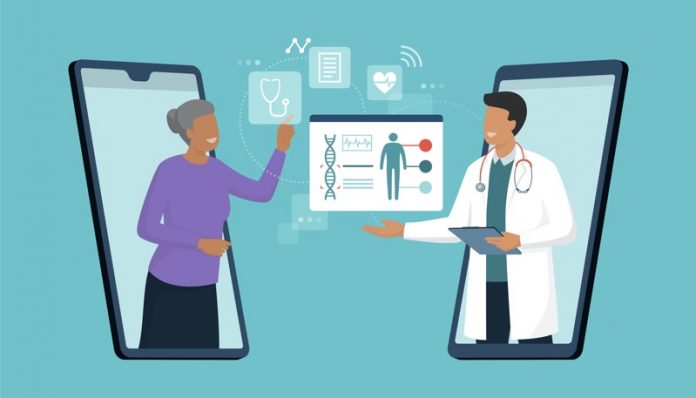Therapeutic patient monitoring is important for patients who cannot communicate their medical needs. Therapeutic Patient Monitoring (TPM) tools, which include vital sign monitors and pulse oximeters, provide continuous data on the patient’s condition in real-time. Remote Patient Monitoring Tools (RPMs), like telemedicine or remote video monitoring, can monitor a patient even if they cannot leave their home. RPMs allow an individual with limited mobility to live independently by receiving healthcare at home.
What Are the Benefits of TPM?
So What is therapeurtic patient monitoring Therapeutic patient monitoring and remote patient monitoring tools are both important aspects of modern medicine that help improve the quality of life for patients who might otherwise have difficulty accessing proper healthcare services.
Therapeutic patient monitoring happens when a clinician or healthcare worker monitors the vital signs (heart rate, blood pressure, oxygen saturation) of patients in hospitals and other clinical settings.
RPMs take therapeutic patient monitoring one step further by allowing patients to be monitored from a distance. This might include, for example, the use of remote video monitors that transmit images and data back to a healthcare provider who can then decide about what treatment or care the patient needs.
RPMs are especially beneficial for patients who have mobility issues and cannot leave their homes. They allow an individual to live independently and receive healthcare without having to go into a hospital or clinic setting, which can be difficult for those who have limited mobility, such as the elderly, people with disabilities, and individuals recovering from illness or injury.
How Can I Get the Benefits of TPM?
If you are interested in receiving the benefits of TPM, talk to your clinician or healthcare provider. They will tell you if therapeutic patient monitoring is right for you.
Some Common TPM and RPM Tools Include
- Vital signs monitors
- Pulse oximeters
- Telemedicine
- Remote video monitoring.
They can use TPM and RPM tools in a variety of medical settings, such as hospitals, nursing homes, rehab centers, assisted living facilities, and even patients’ homes when they cannot leave it themselves.
Both technologies are important in modern medicine and have several benefits for patients. If you or someone you know cannot access regular healthcare services, be sure to ask your doctor about using therapeutic patient monitoring or remote patient monitoring tools. There are a variety of devices on the market that can suit a variety of needs, so there’s sure to be one that is perfect for you or your loved one.

